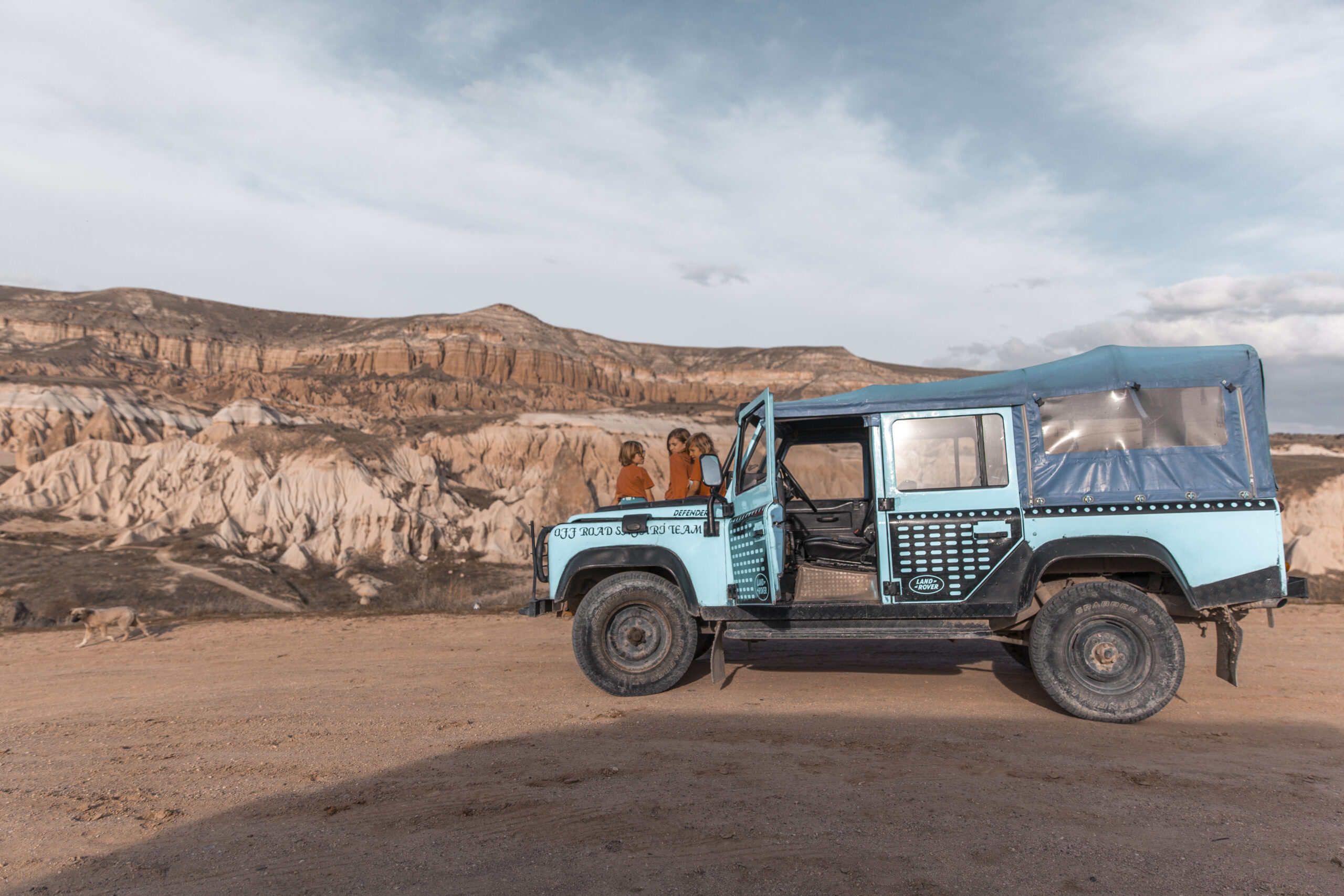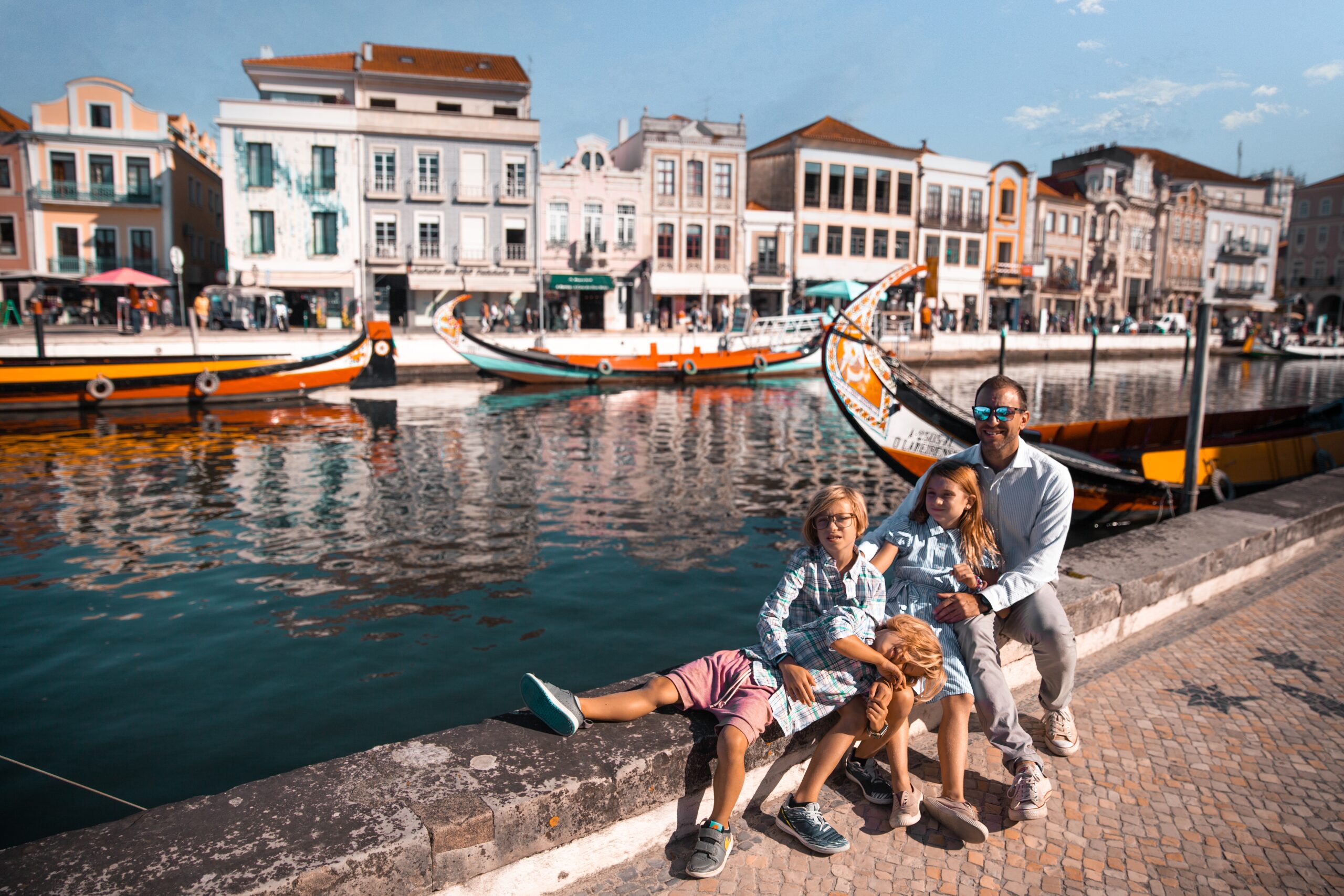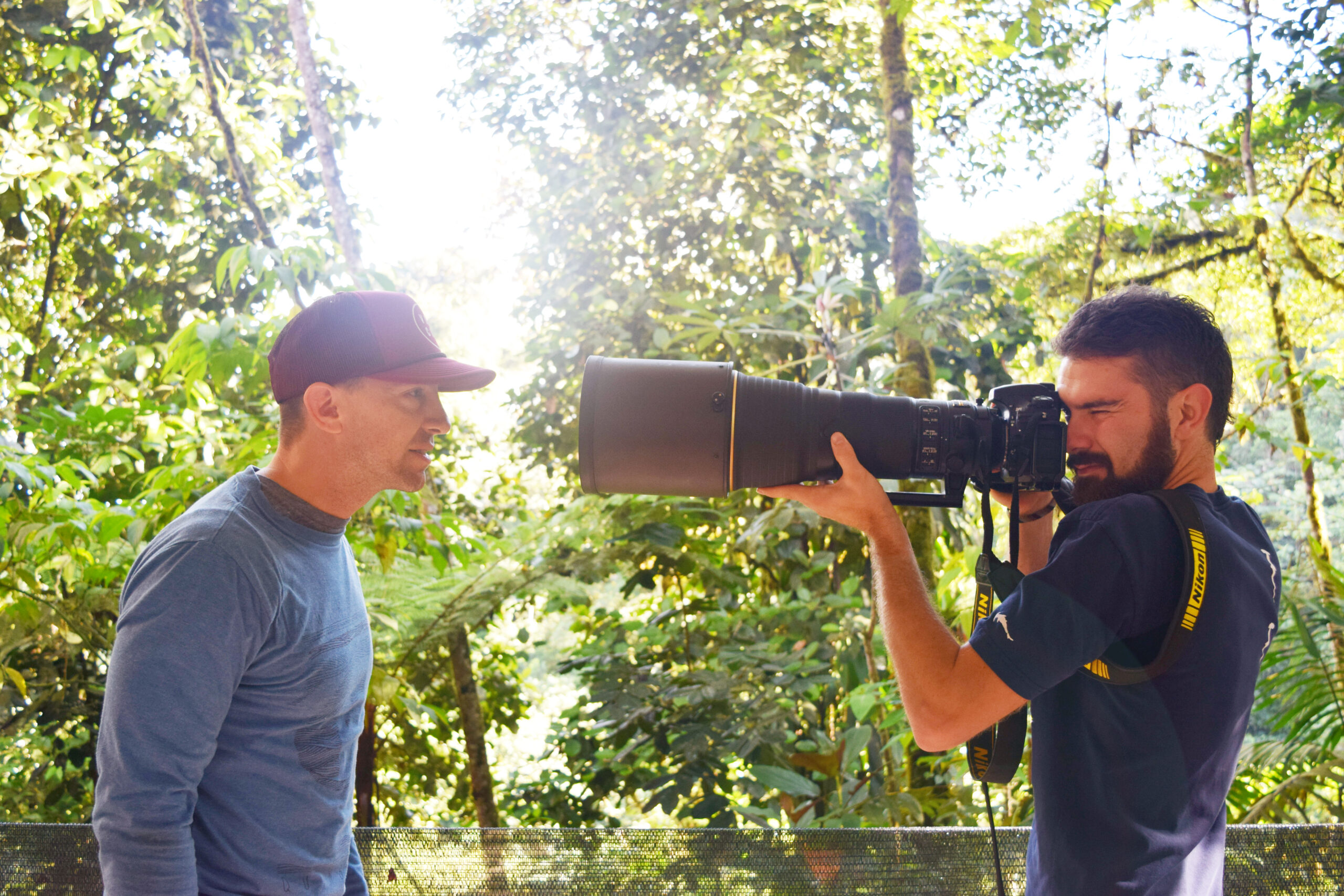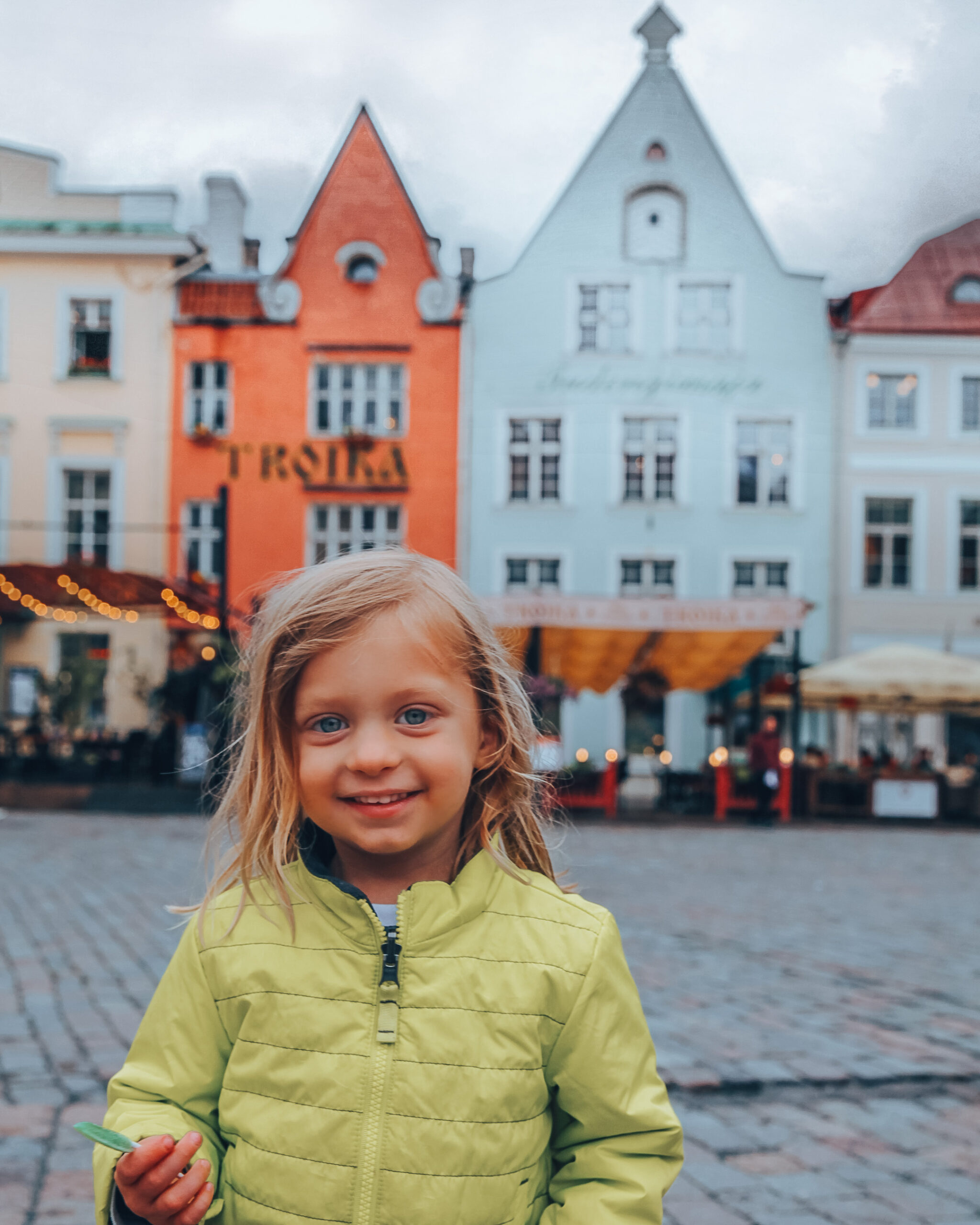Why Spain is a great place for kids
Choosing the city that's right for you
Choosing the visa that's right for you
More than just great weather
Why Spain provides a better quality of life

How we Plan

What we pack
Choosing Travel Insurance
Book Your Hotel
with Booking.com
Book Your Car
with RentalCars.com
Book Your Flight
with Skyscanner.com
Book Your Tour
with GetYourGuide.com

Our Camera Gear

How We Fly
Choosing Your Destination
Family Guide to...
Estonia
Embark on a voyage to the enchanting Baltic gem of Estonia, where medieval old towns, pristine forests, and picturesque coastlines beckon travelers to immerse themselves in a land of timeless beauty, rich history, and innovative spirit, where ancient traditions meet modern innovation amidst the captivating landscapes of this hidden European gem.
Map
Weather
Itineraries

Coming Soon...
tallinn
Top Five Restaurants in tallinn
NOA Chef’s Hall offers an exquisite fine dining experience with breathtaking views of the Baltic Sea. The menu features innovative dishes crafted with local ingredients, creating a perfect blend of tradition and modernity. Ideal for a romantic dinner or special occasion, NOA stands out for its exceptional service and ambiance.
Rataskaevu 16 is a cozy restaurant known for its warm atmosphere and hearty Estonian cuisine. Popular among both locals and tourists, this eatery serves delightful dishes like elk meatballs and traditional black bread. The friendly staff and charming decor make it a must-visit spot in Tallinn’s Old Town.
Ribe is a sophisticated restaurant offering a modern European menu with a touch of Nordic influence. Located in the heart of Tallinn’s Old Town, Ribe is celebrated for its elegant dishes, extensive wine list, and impeccable service. The tasting menus are particularly popular, providing a comprehensive culinary journey.
Vegan Restoran V is a pioneer in Tallinn’s plant-based dining scene, offering creative and delicious vegan dishes. The menu features a variety of international flavors, ensuring there’s something for everyone, even non-vegans. Its intimate setting and innovative cuisine make it a favorite among conscious diners.
Restoran Ö presents a unique culinary experience with a focus on Nordic cuisine. The seasonal menu highlights the freshest local ingredients, expertly prepared to showcase their natural flavors. Known for its stylish interior and exceptional service, Restoran Ö is perfect for a memorable dining experience.
Top Five hotels in tallinn
Ecoland Hotel offers a serene retreat with its eco-friendly environment and spa facilities. Located just a short drive from Tallinn’s city center, it provides a peaceful escape with comfortable rooms and a variety of wellness treatments. Ideal for those seeking relaxation and a connection with nature.
This hotel combines modern comfort with extensive amenities, including a spa, conference facilities, and multiple dining options. Located near Tallinn’s charming Old Town, it’s perfect for both business and leisure travelers. Guests can enjoy a relaxing stay with easy access to the city’s attractions.
Majaka Hostel offers budget-friendly accommodations with a cozy atmosphere. Located close to the airport and public transport, it’s convenient for travelers on the go. The hostel features clean rooms and friendly staff, making it a great choice for backpackers and budget-conscious visitors.
Situated in the heart of Tallinn, Radisson Blu Hotel Olümpia provides luxurious accommodations with stunning city views. The hotel boasts modern rooms, a fitness center, and a rooftop pool, ensuring a comfortable and enjoyable stay. Its central location makes it an ideal base for exploring Tallinn.
The Radisson Collection Hotel offers a premium experience with elegant rooms and top-notch amenities. Located in the city center, it’s within walking distance of Tallinn’s main attractions. Guests can indulge in fine dining, relax at the spa, and enjoy exceptional service in a sophisticated setting.
FAQ's
What are the main things to do with kids in Estonia?
Estonia is a family-friendly destination with various activities for children. Some of the main things to do with kids in Estonia include:
1. Visit Tallinn’s Old Town: Explore the medieval streets, towers, and city walls. Kids can enjoy the toy museums, puppet theaters, and interactive exhibits.
2. AHHAA Science Center in Tartu: This hands-on science museum offers interactive exhibits, workshops, and a 4D cinema.
3. Tartu Toy Museum: Discover a wide collection of toys from different eras, alongside play areas and workshops.
4. Tallinn Zoo: Home to over 350 species, the zoo offers engaging animal encounters and educational programs.
5. Kadriorg Park: This expansive park in Tallinn features playgrounds, gardens, and the Kadriorg Palace with its art museum.
6. Adventure Parks: Estonia has many adventure parks with obstacle courses, zip-lines, and climbing activities suitable for various ages.
7. Beaches: Enjoy sandy beaches along the Baltic Sea coast, such as Pärnu, Haapsalu, or Narva-Jõesuu.
8. Estonian Open Air Museum: Learn about traditional Estonian life through historical re-enactments, workshops, and festivals.
9. Jääaja Keskus (Ice Age Center): Located in Tartu, this center offers interactive exhibits about the ice age and its impact on Estonia.
10. Soomaa National Park: Explore the wilderness through hiking, canoeing, and wildlife watching, with guided tours available for families.
What is Estonia famous for?
Estonia, a small Baltic country, is known for several unique aspects:
1. Digital advancement: Estonia is a highly digitized society, with online voting, e-governance, and widespread access to free Wi-Fi. It’s also the birthplace of Skype.
2. Medieval architecture: Tallinn, the capital, boasts one of the best-preserved medieval Old Towns in Europe, listed as a UNESCO World Heritage Site.
3. Natural beauty: Estonia has over 2,000 islands, pristine forests, and numerous lakes, offering diverse landscapes and outdoor activities.
4. Singing culture: The Estonian Song Festival is a massive choral event held every five years, reflecting the country’s strong tradition of choral music and its role in maintaining national identity.
5. Sauna culture: Saunas are an integral part of Estonian culture, with many public and private saunas throughout the country.
6. Unique cuisine: Estonian cuisine features dishes like black rye bread, smoked fish, wild berries, and Baltic herring.
7. Startup hub: Estonia has a thriving startup scene, with notable companies like Transferwise, Bolt (formerly Taxify), and Pipedrive.
8. Estonian design: The country is known for its minimalist, functional design aesthetic, as seen in architecture, fashion, and interior design.
9. Rich history: Estonia has a complex history, having been ruled by various powers, including Denmark, Sweden, Germany, and the Soviet Union, before regaining independence in 1991.
10. Literacy: Estonia has one of the highest adult literacy rates in the world, at nearly 100%.
What power plug type does Estonia use?
Estonia uses Type C and Type F power plugs and sockets.
Type C: This is the standard European plug, also known as the Euro plug. It has two round pins and is compatible with sockets that accept 2.5 A at 220-240 V. This type is commonly used in Europe, South America, and Asia.
Type F: Also known as the “Schuko” plug, this type has two round pins with earth clips on the side. It is compatible with sockets that accept 16 A at 220-240 V. Type F plugs are widely used in Europe, including Germany, Austria, the Netherlands, Sweden, Finland, Norway, Portugal, Spain, and Eastern Europe.
Note that Type C plugs can be used with Type F sockets, but the reverse is not always true due to the earth clips on Type F plugs.
If your devices have different plug types, you can use travel adapters to charge them in Estonia. However, be sure to check the voltage compatibility of your devices before plugging them in, as Estonia’s standard voltage is 230 V at 50 Hz.
Is Estonia safe?
Yes, Estonia is generally considered a very safe country for both residents and tourists. Here are a few points that highlight Estonia’s safety:
1. Low crime rates: Estonia has one of the lowest crime rates in Europe, with violent crime being particularly rare. Petty crimes like pickpocketing can occur in crowded tourist areas, but the overall risk is low.
2. Peaceful society: Estonia is known for its stable democracy, rule of law, and lack of civil unrest. The country has a high level of social trust and a strong sense of community.
3. Safe streets: It’s generally safe to walk alone at night in Estonian cities, even in the larger ones like Tallinn and Tartu. However, as with any unfamiliar place, it’s always a good idea to be aware of your surroundings.
4. Efficient emergency services: Estonia has reliable police, fire, and medical services, which can be reached by calling 112, the universal emergency number in Europe.
5. Clean environment: Estonia has clean air and water, and the country places a strong emphasis on environmental protection and sustainability.
6. Safe driving conditions: The roads in Estonia are well-maintained, and traffic laws are strictly enforced. However, be cautious when driving in winter, as snow and ice can make road conditions more challenging.
As with traveling to any foreign country, it’s always a good idea to take basic precautions, such as being aware of your belongings, avoiding unlicensed taxis, and exercising caution when consuming alcohol. Overall, however, Estonia is a very safe destination for travelers and expats alike.
What to know before travelling to Estonia?
Before traveling to Estonia, it’s helpful to know the following information:
1. Visa requirements: Estonia is part of the European Union (EU) and the Schengen Area. Depending on your nationality and the purpose of your visit, you may need a visa or a valid passport.
2. Language: The official language is Estonian, but many people, especially in the cities, speak English. Russian is also widely spoken.
3. Currency: Estonia uses the Euro (EUR) as its currency. Credit and debit cards are widely accepted, and ATMs are readily available.
4. Climate: Estonia has a temperate climate with cold winters and mild summers. Be prepared for chilly weather if traveling between November and March.
5. Transportation: Estonia has a well-developed public transportation system, including buses and trains. In Tallinn, you can use the tram, trolleybus, and bus network. Renting a car is also an option.
6. Accommodation: Estonia offers a range of accommodation options, from hotels and hostels to Airbnb and camping. Book in advance during peak seasons (summer and Christmas).
7. Food and drink: Estonian cuisine is based on seasonal and local ingredients. Be sure to try traditional dishes like black rye bread, smoked fish, and wild berries. Estonian craft beer and local vodka are also popular.
8. Cultural norms: Estonians value personal space and privacy. They may appear reserved at first but warm up quickly. Punctuality is important, and removing shoes when entering someone’s home is customary.
9. Internet connectivity: Estonia is known for its excellent free Wi-Fi, which is widely available in public spaces, cafes, and restaurants.
10. Attractions: Some of the top attractions include Tallinn’s Old Town, Soomaa National Park, the Baltic Sea beaches, and the Estonian Open Air Museum. Check opening hours and book tickets online when possible.
By keeping these points in mind, you’ll be well-prepared for an enjoyable trip to Estonia.
What are 5 interesting facts about Estonia?
Here are 5 interesting facts about Estonia:
1. Estonia is one of the least religious countries in the world. According to a 2011 census, only about 29% of the population identifies with a particular religion, while 54% of Estonians say they have no religious affiliation at all.
2. Estonia is a digital pioneer. It was the first country to introduce online voting in national elections (2005), and it offers e-Residency, a government-issued digital identity that allows entrepreneurs from anywhere in the world to establish and manage an EU-based company entirely online.
3. More than 50% of Estonia’s land area is covered by forests, making it one of the most forested countries in Europe. It is also home to numerous bogs, wetlands, and over 2,000 islands.
4. Estonia has a rich cultural heritage of folk songs. The Estonian Song Festival, held every five years, is one of the largest choral events in the world, with over 30,000 performers and 80,000 spectators.
5. Estonia is the birthplace of several globally recognized companies and innovations. Skype, the video-calling service, was developed by Estonians Ahti Heinla, Priit Kasesalu, and Jaan Tallinn. TransferWise (now Wise), the international money transfer platform, was founded by Estonians Taavet Hinrikus and Kristo Käärmann.
These facts highlight Estonia’s unique cultural landscape, its commitment to technological advancement, its stunning natural beauty, and its contributions to the global business and innovation scene.
What makes Estonia special?
Estonia is special for a variety of reasons, showcasing its unique blend of history, culture, innovation, and natural beauty:
1. Digital innovation: Estonia is known as the most digitally advanced society in the world. It has pioneered e-governance, online voting, digital health records, and even e-Residency, which allows people from around the world to establish and manage businesses in Estonia entirely online.
2. Rich cultural heritage: Estonia has a fascinating history and a strong sense of cultural identity. From its well-preserved medieval architecture in Tallinn to its thriving folk music and dance traditions, Estonia celebrates its past while embracing modernity.
3. Stunning natural landscapes: With over half of its land area covered by forests, numerous islands, pristine beaches, and biodiverse wetlands, Estonia offers a wealth of natural beauty for outdoor enthusiasts to explore.
4. Progressive society: Estonia is known for its forward-thinking approach to social issues, with a strong emphasis on gender equality, LGBTQ+ rights, and freedom of the press.
5. Thriving startup ecosystem: For a small country, Estonia punches above its weight in terms of entrepreneurship and innovation. It has produced several globally successful startups, such as Skype, TransferWise (now Wise), and Bolt (formerly Taxify).
6. Unique cuisine: Estonian cuisine is based on fresh, seasonal, and locally-sourced ingredients. It features distinctive dishes like black rye bread, smoked fish, wild mushrooms, and foraged berries, reflecting the country’s close connection to nature.
7. Commitment to education: Estonia places a high value on education, consistently ranking among the top countries in Europe for educational performance. It also offers a wide range of international study programs.
These distinctive qualities, from its digital prowess and cultural richness to its natural wonders and innovative spirit, make Estonia a truly special and fascinating country.
What is the best season to visit Estonia?
The best season to visit Estonia depends on your preferences and the activities you’d like to do. Each season offers unique experiences and attractions:
1. Summer (June to August):
– Warm weather with long daylight hours (white nights)
– Perfect for outdoor activities, beach visits, and nature exploration
– Busy tourist season with festivals and cultural events
– Higher accommodation prices and more crowds
2. Fall (September to November):
– Mild weather with beautiful autumn foliage
– Ideal for hiking, mushroom and berry picking, and scenic drives
– Fewer tourists and lower prices than summer
– Cultural events like the Tallinn Marathon and Black Nights Film Festival
3. Winter (December to February):
– Cold weather with potential for snow and short daylight hours
– Opportunity for winter activities like skiing, ice skating, and visiting Christmas markets
– Festive atmosphere with holiday decorations and events
– Some outdoor attractions and smaller towns may have limited access
4. Spring (March to May):
– Mild weather with nature coming back to life
– Ideal for birdwatching, hiking, and visiting parks and gardens
– Fewer tourists and lower prices than summer
– Some attractions may still have limited hours or access in early spring
Overall, the most popular time to visit Estonia is during the summer when the weather is pleasant and all attractions are open. However, if you prefer a quieter experience or enjoy winter activities, the shoulder seasons or even winter can be excellent times to explore Estonia’s unique charms.

